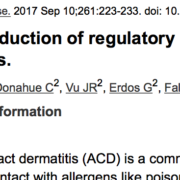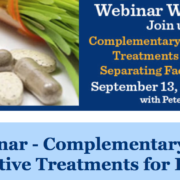The Dermatologist – Features Regional Atlas on Contact Dermatitis
“The Dermatologist is a print and digital brand that circulates to more than 14,798 dermatologists, dermatology residents, dermatology nurse practitioners, physician assistants and nurses, as well as other healthcare professionals. The Dermatologist is collaborating with numerous associations, including the National Psoriasis Foundation, the world’s leading patient advocacy organization dedicated to the 7.5 million Americans with psoriasis and psoriatic arthritis, to educate dermatologists on the latest research related to psoriasis through The Dermatologist print and digital brand. Others include The National Eczema Association, The National Rosacea Society, and The Skin Cancer Foundation.
The editorial mission of The Dermatologist focuses on providing practical and clinical insight, industry news and peer perspectives into today’s general dermatology issues. This award-winning publication offers dermatologists reader-friendly, timely and informative articles that highlight clinical advances for treatment of cutaneous pathologies such as skin cancer, acne and psoriasis, as well as information on how to incorporate cosmetic procedures, such as Botox and laser skin resurfacing, into a dermatology practice. Practice management topics, such as managed care, Medicare regulations and marketing techniques that can easily be translated into current practice settings, are also featured.”
Check out the Regional Atlas of Contact Dermatitis!
The Dermatologist (formerly Skin and Aging) has had a column dedicated to allergic contact dermatitis (allergen focus) since January 2005!



